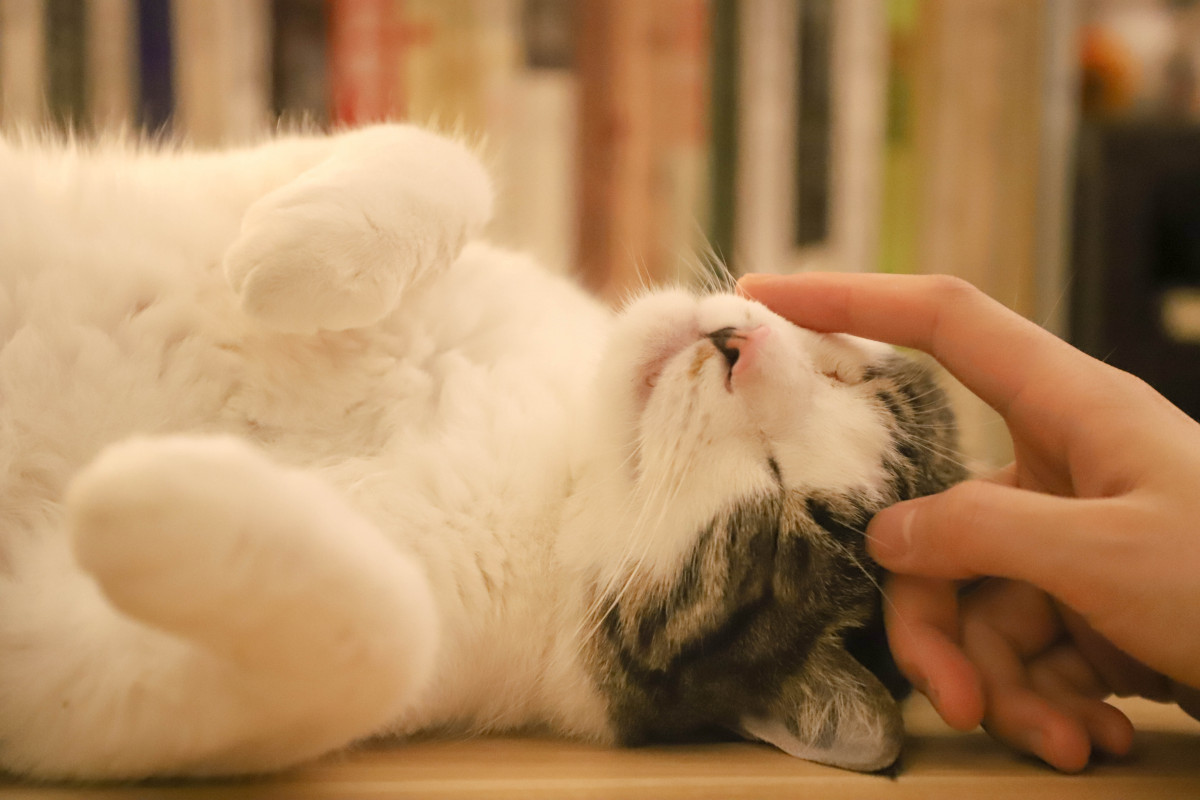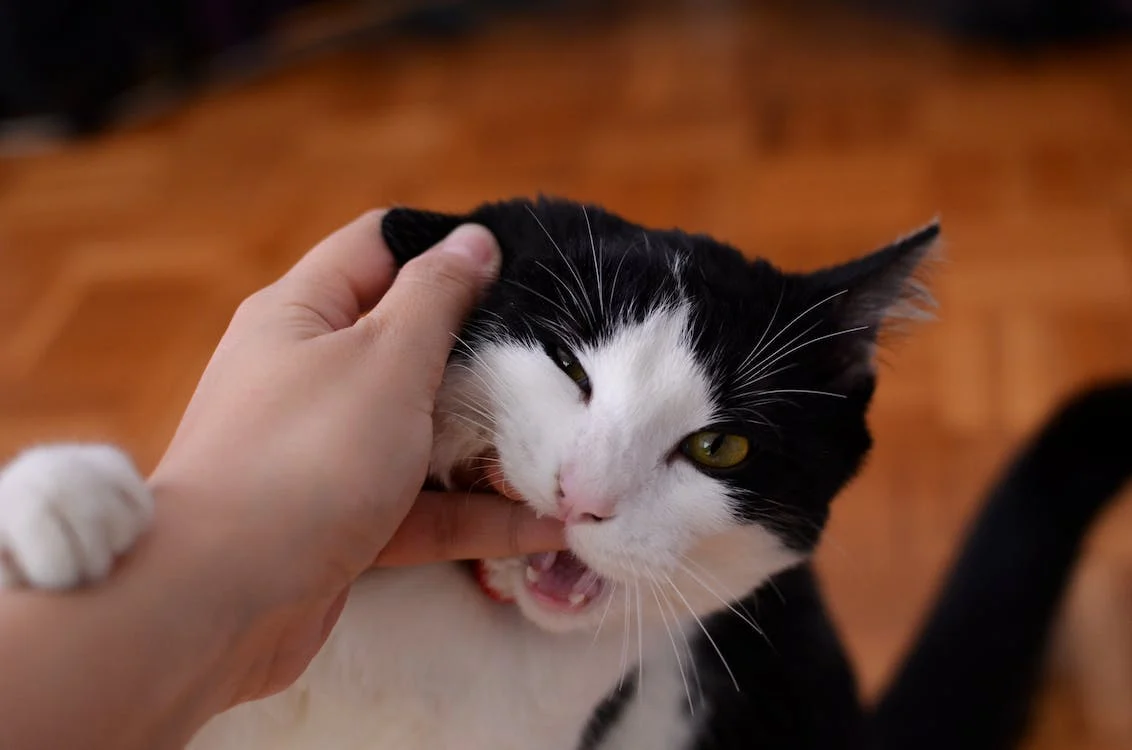How to Handle Cat Bites: A Guide to Dealing with Different Scenarios
Cat bites can be concerning and should never be ignored. Whether your cat bites during playtime, while being petted, or even attacks you, it’s essential to address this behavior to maintain a healthy relationship with your furry friend. In this guide, we’ll discuss different scenarios of cat biting and provide you with practical tips on how to handle each situation effectively. Let’s dive in and learn how to fix the problem!
Focus on Cat Bites
Cat bites are serious and can lead to infections due to the bacteria present in their mouths. It’s crucial to clean and disinfect any bite wounds promptly. If you’re unsure or the wound becomes red, swollen, or painful, consult a medical professional for further evaluation and treatment.
Case 1: Your Cat Bites or Nips During Play
If your cat bites or nips during playtime, it’s usually a sign that they haven’t learned proper boundaries. This behavior is commonly seen in kittens that were weaned too early. To address this issue:
1. Set limits: When playing with your kitten, avoid using your hand as a toy. Provide appropriate toys for them to chew on and engage with.
Firm “No!”: When your kitten bites your hand, firmly say “No!” to establish that biting is not acceptable behavior.
2. Time-out: If the biting continues, stop playing and ignore your cat for a few minutes. This teaches them that biting leads to the end of playtime.
3. Gentle correction: As a last resort, you can give a gentle flick on the nose to discourage biting. However, avoid harsh punishments or scolding.
Case 2: Your Cat Bites When You Pet It

Some cats exhibit a behavior known as “petting-biting,” where they suddenly bite or scratch when being petted. To address this behavior:
1. Observe warning signs: Pay attention to your cat’s body language. Signs such as tail wagging, stiffening of the body, drooping ears, or dilated pupils indicate discomfort or overstimulation.
2. Moderate petting: When your cat comes to your lap, pet them moderately and avoid excessive stimulation. If they show signs of discomfort, stop petting and allow them to relax.
3. Respect boundaries: If your cat doesn’t want to be petted, don’t force it. Give them space and let them come to you on their terms.
4. Consider pain or medical issues: Sudden changes in behavior, including petting-biting, may indicate underlying pain or discomfort. Consult a veterinarian if you suspect any health concerns.
Case 3: Your Cat Attacks You
In rare cases, some cats display aggressive behavior, including attacking their owners. If you notice escalating aggression, it’s crucial to seek professional help:
1. Consult a professional: Reach out to a veterinarian or animal behaviorist for guidance. They can assess the situation and recommend appropriate interventions.
2. Medication and behavioral treatment: Depending on the severity of the aggression, a professional may prescribe medications or recommend behavioral therapy to address underlying issues.
3. Create a calm environment: Consider using soothing pheromone diffusers or creating a stress-free space for your cat to promote relaxation and reduce anxiety.
Dealing with cat bites requires understanding and patience. By following the tips provided in this guide, you’ll be equipped to handle different scenarios of cat biting effectively. Remember to prioritize your safety and consult professionals when needed. With time and proper guidance, you can help your cat overcome their biting behavior and foster a harmonious bond with your feline companion.
Hope you like this article. Remember to jot down a few words in the comments below and bookmark our blog for more informative articles on cats.
